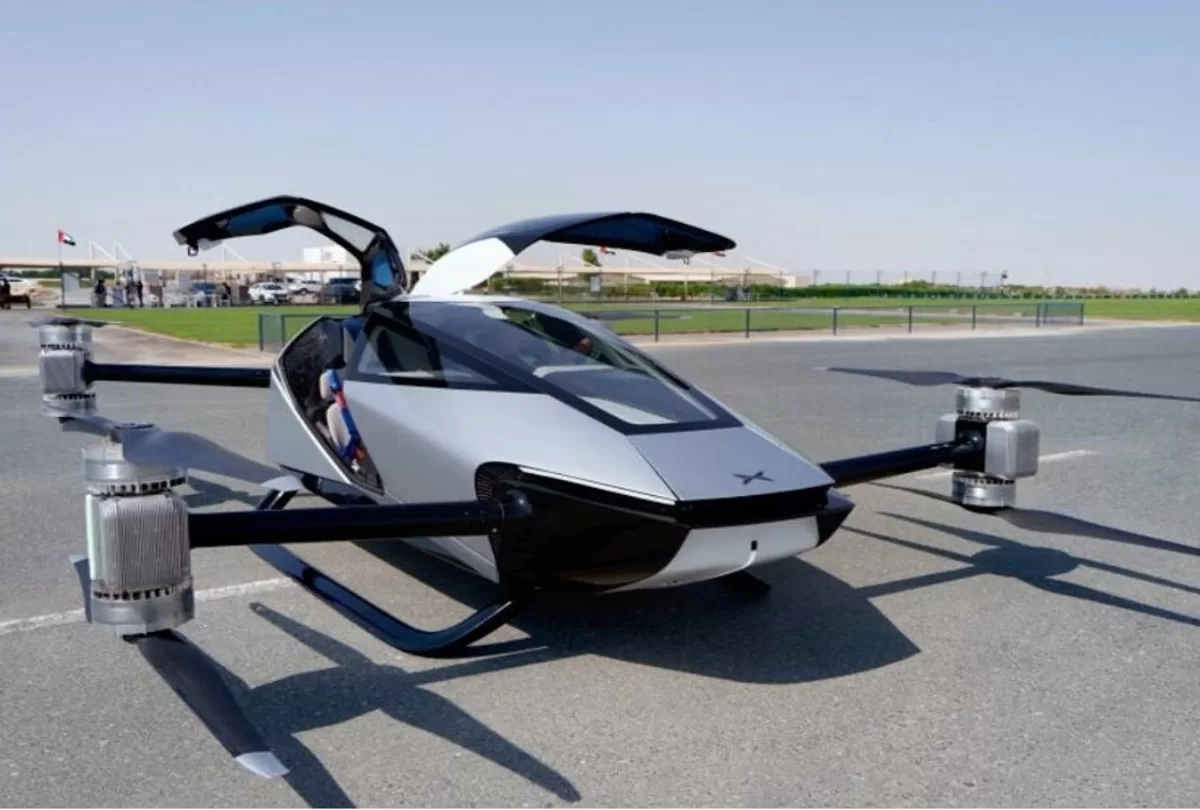Despite regulatory challenges, flying car startups continue to grow
As the two-seater aircraft rose and hovered about 30 meters above them, hundreds of people roared in Mandarin. “Make us Chinese proud in Dubai!” they shouted together.
There have been two maiden flights for Xpeng Aeroht’s aircraft in the past few months. Xpeng Inc.-backed startup Xpeng conducted 90-second exercises near Dubai’s Palm Jumeirah island in October, followed by one in Guangzhou, China. He Xiaopeng, the billionaire founder of the EV firm, is betting large he can overcome regulatory hurdles and capture a piece of the $1 trillion market that could redefine transportation.
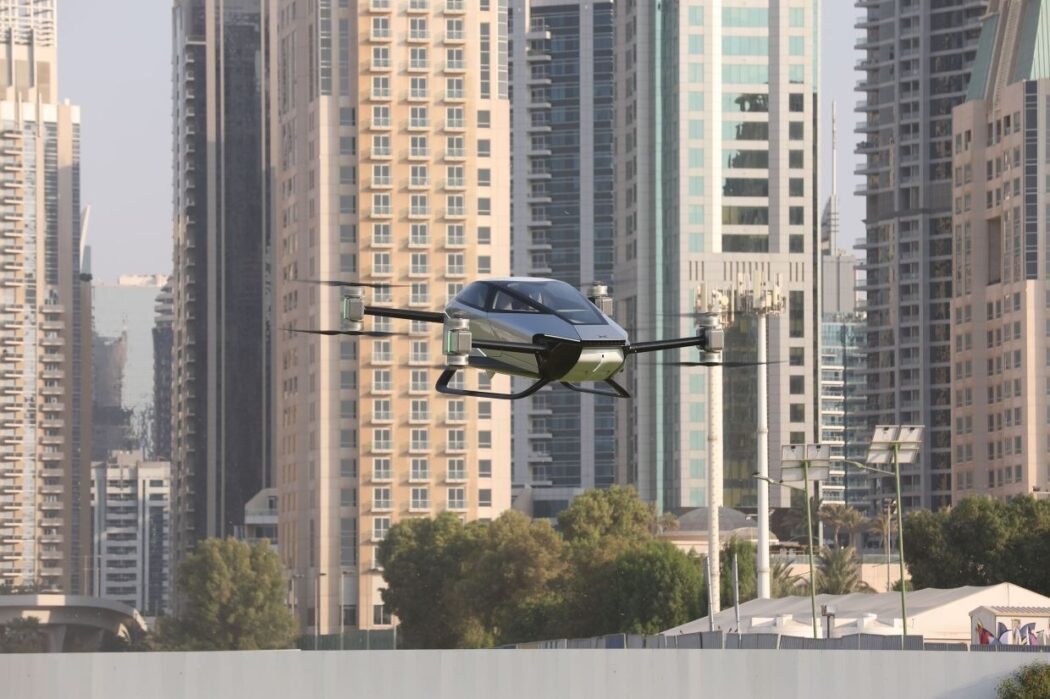
“The flying car is approaching reality and we think it was the right time to chip in,” Xpeng’s president, Brian Gu, said at GITEX in Dubai. “The industry has produced a lot of technical breakthroughs, from weight reduction to obstacle avoidance and electrification.”
It may seem too early for that kind of chutzpah, but others are into it. Aeroht, founded in 2013 by a 45-year-old high school dropout Zhao Deli, was at GITEX, the largest annual trade show in Dubai. Its prototype was the busiest on the floor, and people lined up to take selfies with it. The prime minister of the United Arab Emirates stopped by the booth.
Rival startups have struggled with the reality for years despite the hype. It is now trading near historic lows after companies including Lilium NV, Joby Aviation Inc. and Archer Aviation Inc. wowed investors with billion-dollar listings. In September, Google co-founder Larry Page closed his KittyHawk company.
According to a study published this month by Canada’s Horizon Aircraft Inc., most investors expect company closures and industry consolidation in the years ahead.
The aim of investors is to find “the Tesla of the flying car industry,” explains Zhang Junyi, a partner at Oliver Wyman and a founder of Nio Capital. The market may not blossom for 10 to 15 years. “Investing in the flying car industry is a tough marathon.”
Aeroht stands out because of its prototype flown in Guangzhou. Unlike many eVTOLs, which lack wheels and can’t be driven on the ground, the Chinese company’s sixth-generation version has wheels and can be driven. While some contenders think it’s more like a car than a small plane with wheels, it looks more like a luxury automobile.
A majority of the model’s time will be spent on the road, and it will only be flown during traffic jams or obstructions. In an interview with Zhao, he said that the car could be mass produced by 2025 with four electric engines and eight propellers.
The price tag for Aeroht’s vehicle will be about $140,000, a fraction of Joby’s ($1.3 million). That’s partly because Aeroht can tap Xpeng’s extensive chain of suppliers throughout China.
There have been dreams of democratizing the skies for at least a decade, when entrepreneurs dreamed of soaring over what Elon Musk describes as “soul-destroying” traffic.
By 2040, Morgan Stanley analysts believe the urban air mobility industry could be worth $1 trillion. The field got increasingly crowded as investors dreamed of bringing fantasies into reality.
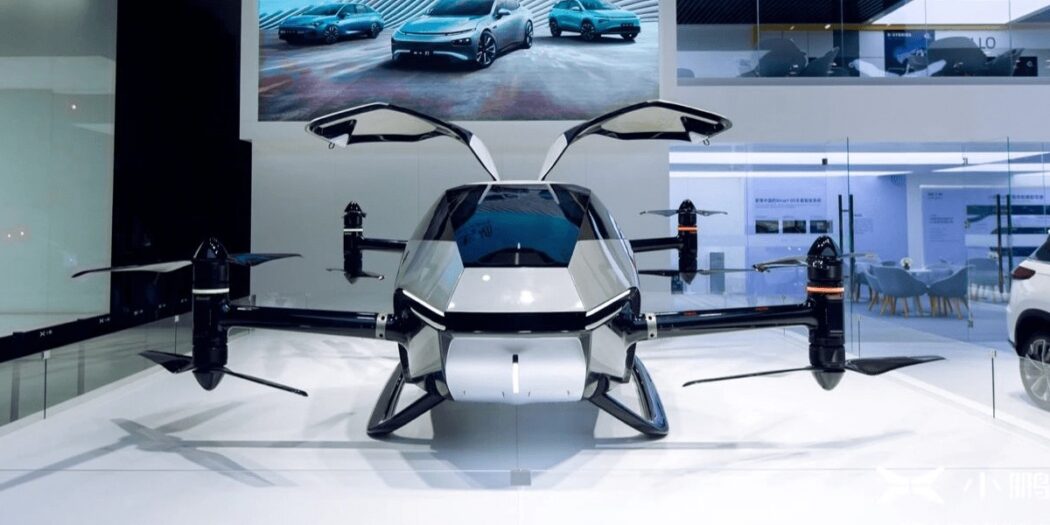
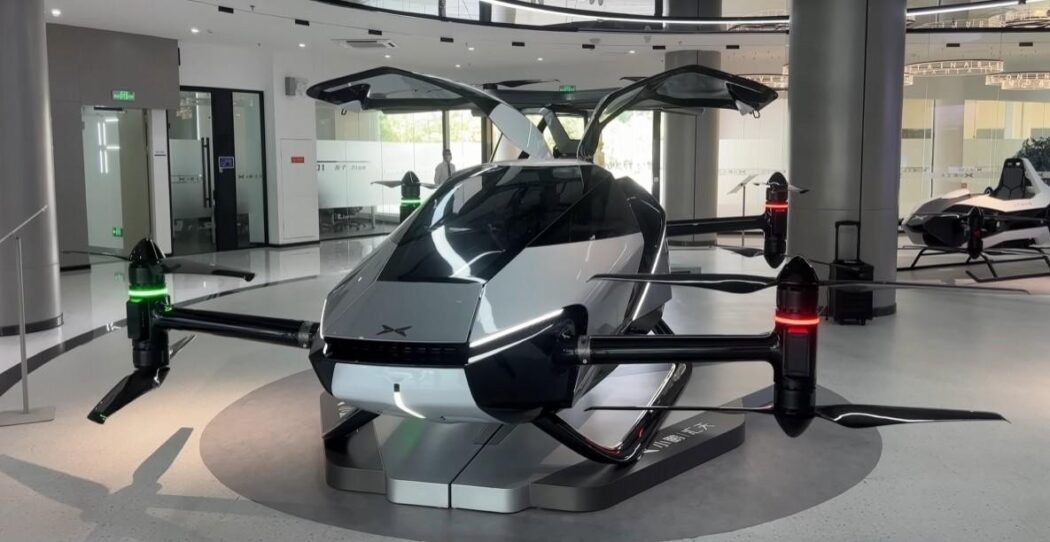
Aspiring to American brands like Joby and Archer, Chinese firms including Aeroht, Ehang Holdings Ltd. and TCab Tech joined the race just over a half century ago. Using many of the same advantages China had with EVs: an extensive supply chain, a large pool of skilled labor, a huge domestic market, and most importantly, government support, they nurtured a generation of entrepreneurs and investors who attempted to replicate it.
Funding and policy assistance are being counted on President Xi Jinping’s efforts to displace American technology in fields ranging from semiconductors to climate technology.
“There are a few examples where American companies told us which sector is promising and can make money, and their Chinese counterparts just went and grabbed the market with lower prices,” TCab Tech investor Warren Zhou said. A drone, a hoverboard, and a robot vacuum were cited by him as examples. “It will be the same with the eVTOL and flying car industry.”
Aeroht is backed by IDG Capital, Sequoia China, GGV Capital, and Hillhouse Capital, some of the biggest names in startup investing. Approximately $1.5 billion was invested in a funding round in 2021.
After struggling for a decade to keep Xpeng from going under, Zhao met He in 2020. The entrepreneur was won over by Zhao’s demo, according to Zhao. “Talk first or fly first?” Zhao told He. “Fly first!”
Xpeng Aeroht was rebranded to Xpeng Aeroht not long after He and Xpeng met in Dongguan, Guangdong province. The unicorn has expanded from about a dozen employees in 2020 to over 700 employees as of July, with offices in Guangzhou, Shenzhen, and Shanghai.
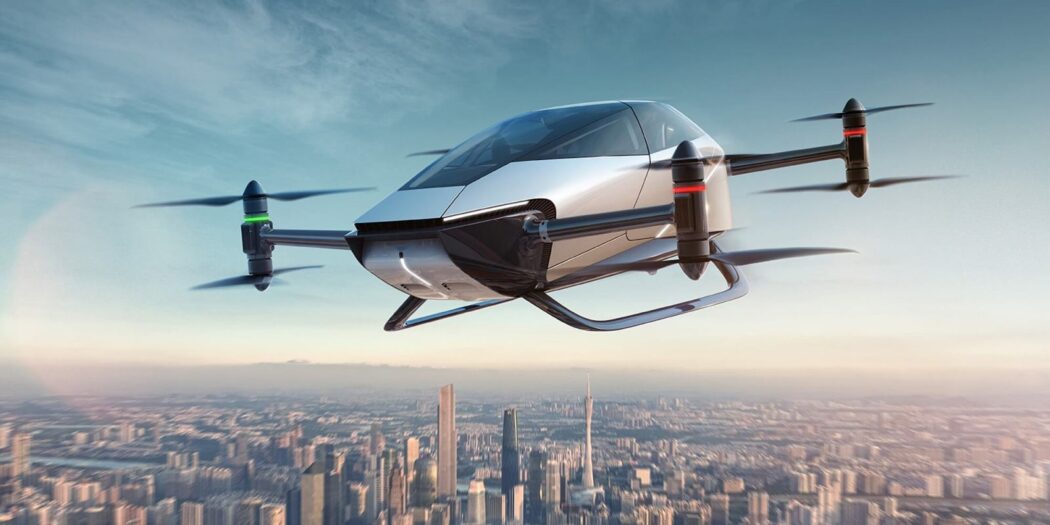
A German investor last November invested $100 million in Shanghai-based AutoFlight to develop air taxis, which joins a number of other well-backed startups. In the first quarter of 2018, Volant Aerotech received more than $14 million. The company was founded in June 2021.
It’s true that the technology hasn’t yet reached its full potential. Power density – the amount of power versus the mass – is crucial to battery development. In addition to needing more power and being more sensitive to loads, flying cars require lighter and more capable batteries than electric vehicles. Aeroht now uses domestic lab batteries in prototypes.
Xpeng, Aeroht’s best-known backer, has been struggling with investor uncertainty this year – its shares are the worst performers.
It’s the commercial viability and regulatory approval that matter most to entrepreneurs and investors – not the technology itself.
Ehang, a New York-listed eVTOL company, has begun generating revenue by targeting businesses. In August, Ehang received pre-orders from Malaysia and Indonesia for 160 of its autonomous aerial vehicles. Two companies ordered 260 tickets and logistics services from AutoFlight’s eVTOL entry, Prosperity. eVTOL passenger drone prototypes have been unveiled in China by Volkswagen AG and Vertical Aerospace Ltd. in the UK.
Buying a few hundred units won’t create a market. Aeroht believes true scale will come in consumer products, but the regulatory hurdles still remain.
Especially for aviators without pilot training, no country has seriously considered opening up its low-altitude airspace any time soon. A few provinces in China, including Hunan, Jiangxi, and Anhui, have been designated to explore the concept. Aeroht, which is looking for trial locations in the country, is working with regulatory bodies to find those locations.


